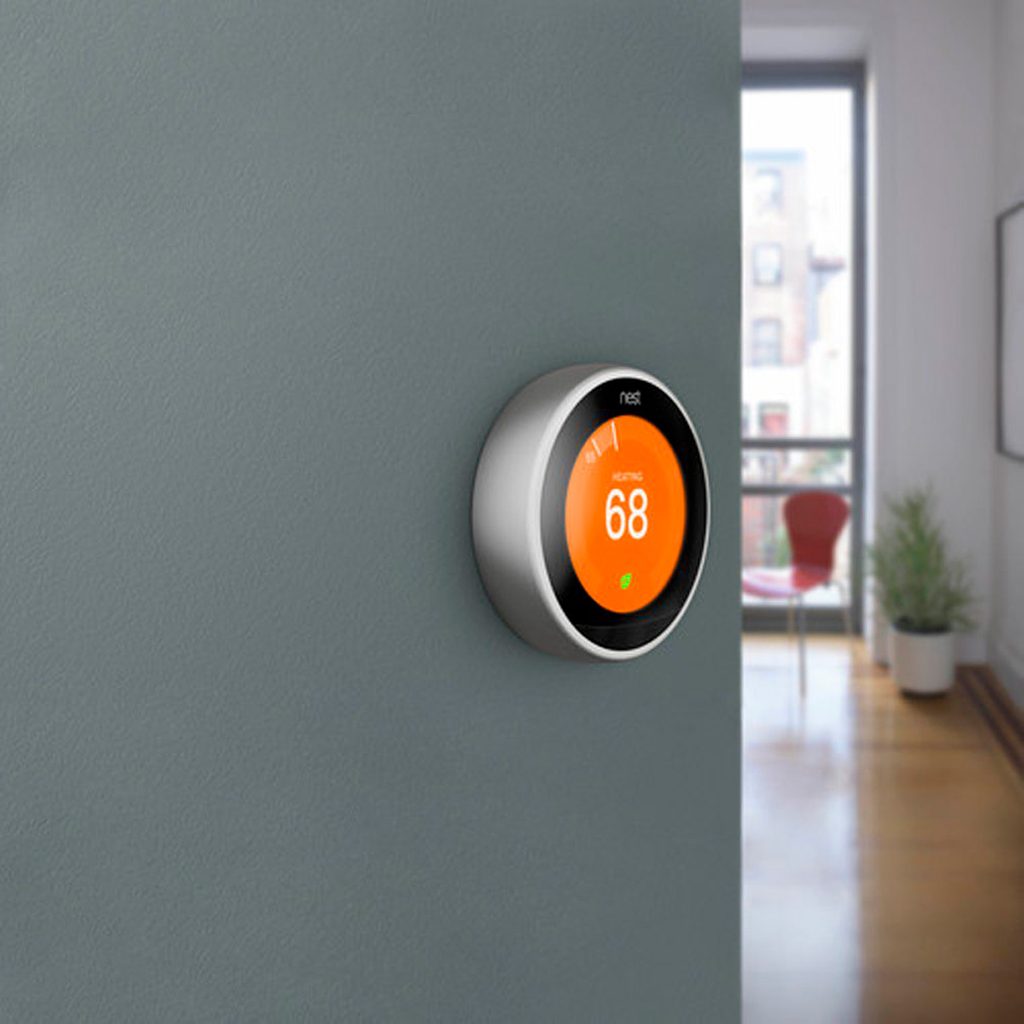What’s the Ideal Temperature to Set Your Thermostat in Winter?
Updated: Dec. 01, 2023

Stop the thermostat wars in your home with this definitive look at the optimal temperature to set your thermostat in winter.
Like most of us, you probably have some heated family arguments over the thermostat in the wintertime. But if you’re ready to settle the issue once and for all, you’ll be glad to know that there are actually official recommendations for the most comfortable, energy-efficient winter thermostat settings. And turning your thermostat down by seven to 10 degrees when the house is empty can save you as much as 10 percent on your annual heating bill.
To restore peace in your household — and save a little money to boot — read on for winter thermostat recommendations.
On This Page
What Temperature to Set the Thermostat at in Winter
According to numerous sources, 68 degrees F is the magic number in winter. The U.S. Department of Energy’s Energy Saver website offers a quick video extolling the setting.
According to Energy Saver, you can save even more on your heating bill by turning the thermostat down a couple more degrees at night, and by lowering it to 55 F if you go on vacation. You can also lower your thermostat before you leave the house for the day. This way you’re not paying to heat an empty house.
The World Health Organization (WHO) recommends 64 F as the minimum safe indoor temperature for most adults. Temperatures lower than this, especially in areas of high humidity, can led to respiratory problems. The WHO also advises minimum temperatures a few degrees higher for households with infants, small children, the elderly and health-vulnerable individuals.
At the end of the day, safety is most important, so make sure to stick to these guidelines and don’t try to push the thermostat too low.
What temperature do you set your thermostat in Winter?
>
Adjusting Your Internal Thermostat
If 68 F — or even cooler at night — is chillier than you or your housemates are used to, it's best to ease into that temperature. Energy provider Direct Energy recommends lowering the thermostat by one degree per week, giving everyone a chance to acclimate. Simply wearing more clothes in the house, like an extra sweater or warm slippers, can also help you adjust to the lower temperature.
Does Thermostat Placement Affect Heating?
If you've set your thermostat to 68 F but wonder why your teeth are chattering, it might have to do with thermostat placement. If the thermostat is installed in a warm or sunny spot in the house, it will give what's called a "ghost reading" — falsely high. Try to avoid the following locations for a thermostat:
- Areas in direct sunlight;
- Directly above air vents;
- Kitchens;
- Hallways;
- Near doors or windows.
If you use space heaters for supplemental heat in the wintertime, keep them away from the thermostat. They can also cause ghost readings. And make sure you're following proper safety protocols when using them. The last thing you want is a house fire.
How Can You Get More Out of Your Thermostat?
There are a few different thermostat options, all with different features. One of these home investments can help you save on your heating bill and avoid constantly adjusting the thermostat:
- Wi-Fi thermostat connects to your home's wireless internet service and lets you remotely check and change the temperature in your home from an app on your smartphone or tablet.
- Smart thermostats have some features in common with Wi-Fi thermostats. Both styles connect to the internet to be controlled remotely. But smart thermostats can also self-adjust based on a programmed schedule or the daily weather. Some even come with motion sensors to heat the rooms you use most.
- Programmable thermostats may be controlled remotely or centrally depending on the model. Some require you to program the settings right at the wall thermostat. Others will connect to an app. (Note: Programmable thermostats might not work with heat pumps or electric baseboard heaters. Double check before you decide to install one)
- Traditional thermostats offer fewer special features, but they are the less expensive option. If you don't need to adjust the temperature remotely or to set up personalized heating and cooling schedules, a traditional thermostat should work just fine.
